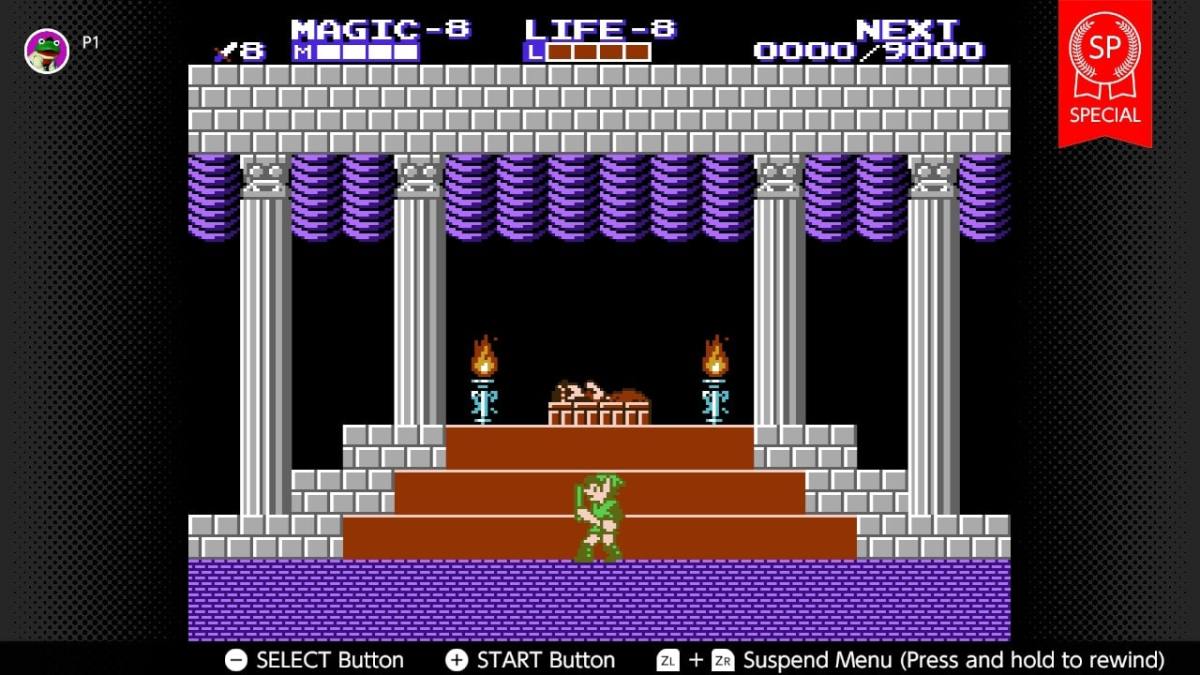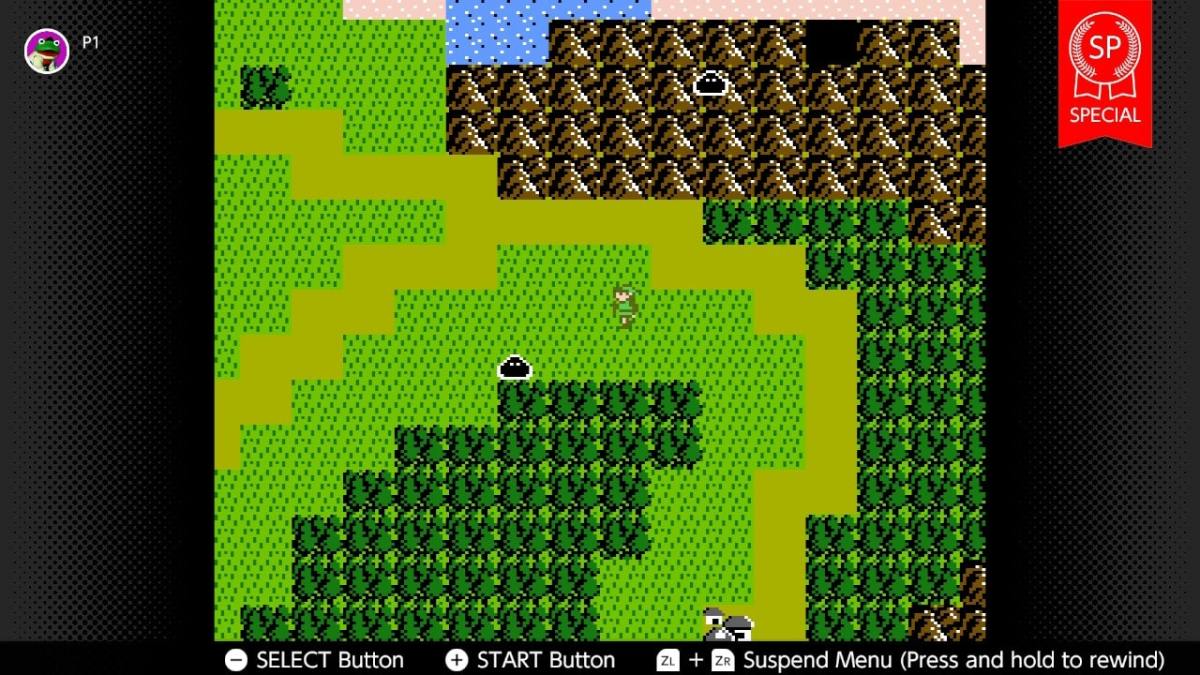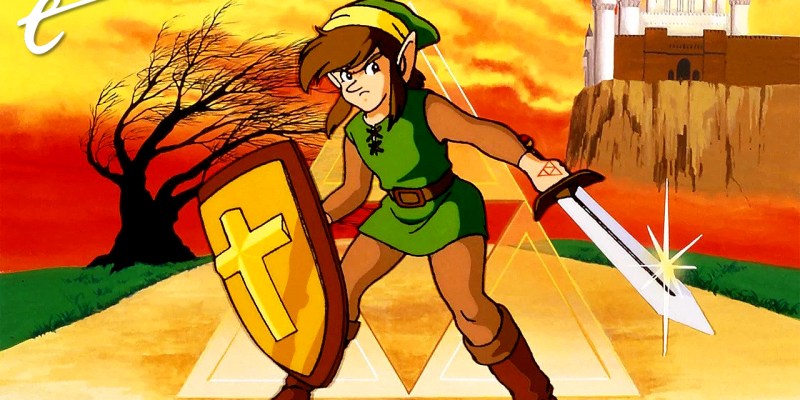The Legend of Zelda has been my favorite video game franchise for pretty much my whole life. From the first time I played A Link to the Past on my SNES as a kid, to the hundreds of hours I’ve put into Breath of the Wild, the adventures of Link and Zelda have been a constant source of joy and wonder for my past three decades of gaming.
With Tears of the Kingdom finally upon us, I decided to embark on a journey over the past year to replay as many Zelda games as I could and see if this crash course through gaming history could help me glean any new insight into a series that has meant so much to me. I’ll be relaying my thoughts through a set of short features highlighting one thing that stood out to me from each game.
Today’s game – 1988’s Zelda II: The Adventure of Link.
If the original Legend of Zelda was a historic exercise in trust, then Zelda II: The Adventure of Link was a wonderful lesson in failure. Following the success of the original game, Shigeru Miyamoto and his team at Nintendo took things in a decidedly different direction for its sequel, simultaneously leaning further into both the RPG and action genres. And while I view the final result as a major swing and a miss, I can’t help but appreciate the effort, and I’m happy that some of its defining elements can still be found thriving in the series today.
I’m definitely not alone in my rather low opinion of Zelda II. In a 2013 interview with Kotaku, Miyamoto was asked if he felt like he had ever made a bad game. He responded by saying, “I wouldn’t say that I’ve ever made a bad game, per se, but a game I think we could have done more with was Zelda II: The Adventure of Link.”

The Zelda sequel followed the mold of many high-profile NES follow-ups of the time. The idea of formulas and franchises for most of these games didn’t exist yet, which is how we saw such radical departures in games like Castlevania II: Simon’s Quest and the Western version of Super Mario Bros. 2. It’s a far cry from many modern sequels, which oftentimes feel like “the last game, but more.”
But unlike those two aforementioned sequels, things fall apart once you actually start to play Zelda II. Exploring the world, fighting in random encounters, and talking to NPCs never feels as good as it does in a full-fledged RPG, while the moment-to-moment gameplay never feels as good as in a standard action-adventure game. This lack of commitment to either side leaves the entire thing feeling half-baked. I see the intention and appreciate it, but the fact of the matter is that playing the game just simply isn’t fun for me.
Zelda II is a game that feels best suited for those who enjoy microdosing masochism. If the dungeons of the original game were laid out like meticulous labyrinths, the palaces of Zelda II feel like you’re stuck in an abandoned three-story Spirit Halloween sometime in April. Yeah, you can technically grind random encounters and level up your Life, Magic, and Attack stats – something that feels kind of familiar to upgrading your Life or Stamina in Breath of the Wild. But most enemies hit like a truck, their movement is sporadic, and controlling Link from a side-on view never feels quite right.
While there’s obviously a lot I don’t like about Zelda II, its legacy lives on in a variety of ways. Even if you haven’t played the game, you’ve probably spent time in one of its palaces – the Smash Bros. Temple stage first introduced in Melee draws from Zelda II, complete with the excellent Temple theme. There are also various location names that have gone on to become iconic figures in the series, such as Rauru, Ruto, Saria, Mido, Nabooru, and Darunia. And while extremely basic, the introduction of those towns is something that’s evolved into a cornerstone of future games, with pockets of community providing some of the most memorable locations in several of them.

On top of all of this, Zelda II does include one of my favorite encounters of the entire series on a conceptual level – Dark Link. Fighting a mirror image of yourself, complete with your skills and abilities, is something that Nintendo would replicate to greater success in Ocarina of Time. And honestly, these tense, one-on-one encounters always felt like a progenitor for the kinds of memorable solo boss encounters that FromSoftware would make one of its staples. You could draw a line from Zelda II’s Dark Link to Artorias the Abysswalker. It might be a squiggly line that takes a lengthy detour through Kentaro Miura’s Berserk, but a line nonetheless.
I also dig how the opening of Zelda II is pretty much the same as the opening of Shadow of the Colossus. The princess lays motionless on a stone slab in an ancient temple. The only way the spell can be broken is for her young protector to journey out into the wilds and defeat a set of creatures scattered about the land. I mean, I guess this is also the start of about a hundred other stories, but this specific connection came to me immediately as I started up my most recent replay.
While the massive changes don’t quite work here, the franchise would go on to have a history of risks that turned out to be quite successful – Majora’s Mask and Breath of the Wild are both radical takes on the formula that remain some of my absolute favorites in the series. And honestly, the kind of departure that Zelda II took is the kind of creative vision that we wish more companies would be willing to embrace in 2023.
If you’re anything like me, you’re going to die in Zelda II: The Adventure of Link. A lot. And chances are you won’t have a great time doing it. If you’re intent on trying it out in 2023, I recommend either playing the SP version on Nintendo Switch that starts you off fully powered up, watching a playthrough on YouTube, or just skipping it with the knowledge that, for its next Zelda outing, Nintendo would create one of the best video games ever made.
Check out other entries in this ongoing Zelda series below.
- The Legend of Zelda’s Secret Weapon Is Trust
- In A Link to the Past, One Moment Made Zelda Feel Truly Magical
- Link’s Awakening Shows There’s More to Zelda Than Saving the World
- Ocarina of Time’s Forest Temple Is Zelda Dungeon Perfection
- Majora’s Mask Isn’t Just a Video Game
- Wind Waker’s Greatness Proves That Epona Kinda Sucks
- The Best Dungeon in Twilight Princess Finds Love in a Hopeless Game
